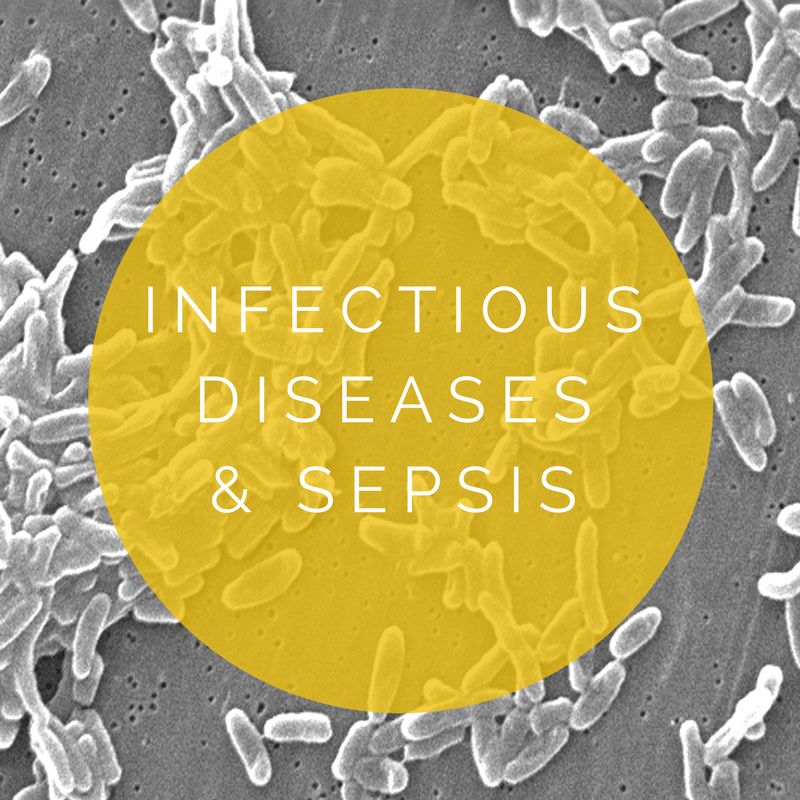Obstetrics & Gynaecology
Aims For The Week
Explain the management of emergency presentations in pregnancy such as HELLP and eclampsia
List the signs and symptoms of sexually transmitted diseases
Outline the causes of vaginal bleeding in early pregnancy
Describe the normal labour and delivery processes
Explain how to manage the complications that may occur during childbirth
Describe the differences in managing a pregnant trauma patient
List the causes of pelvic pain
Describe the process of prescribing emergency contraception in the ED
Describe how to manage a patient that has been a victim of sexual assault
Early Pregnancy Bleeding
Obstetric patients are a common source of anxiety when they arrive in our ED. They commonly present with bleeding in early pregnancy, which can be either minor or catastrophic. Do you know the common causes?
normal Labour
Every so often a woman presents to ED in labour. Do you know how to manage a laboring female when there is no time to relocate her to the maternity unit? Refresh your knowledge of the three stages of labour, and how to manage it in the emergency situation.
and not so normal...
Usually delivering a baby occurs with no complications, however there are a few emergencies to be aware of including cord prolapse and shoulder dystocia.
In the third stage of labour and afterwards a postpartum haemorrhage may occur and large volumes of blood may be lost. Here is a guide on how to manage a postpartum haemorrhage.
Pregnancy Complications
The two most common presentations of pregnant women to the Emergency Department are antepartum haemorrhage and eclampsia.
Do you know when anti-D immunoglobulin is required?
Become more familiar with anti-D immunoglobulin and other obstetric medications.
The eLFH module (log in required) on medical problems in pregnancy provides a great overview of these issues.
Cardiac Arrest In Pregnancy
Obstetric patients may also have pre-existing medical conditions that could predispose them to cardiac arrest as well as them being at increased risk of thromboembolic disease.
If your patient has arrested, how long do you have to perform a Resuscitative Hysterotomy? Would you be able and willing to put scalpel to skin?
St. Emlyn's have produced a great blog and video discussing the procedure. Also see our St Mungo's 'skills & drills' procedural guide.
Newborn Resus
Once the baby has been delivered it will need resuscitated.
Here are some great resources to get you started!
One final point to leave you with is to remember to manually displace the uterus laterally to the left when managing all haemodynamic instability, trauma and cardiac arrest in pregnant women. This improves IVC blood flow, therefore the cardiac preload.




























